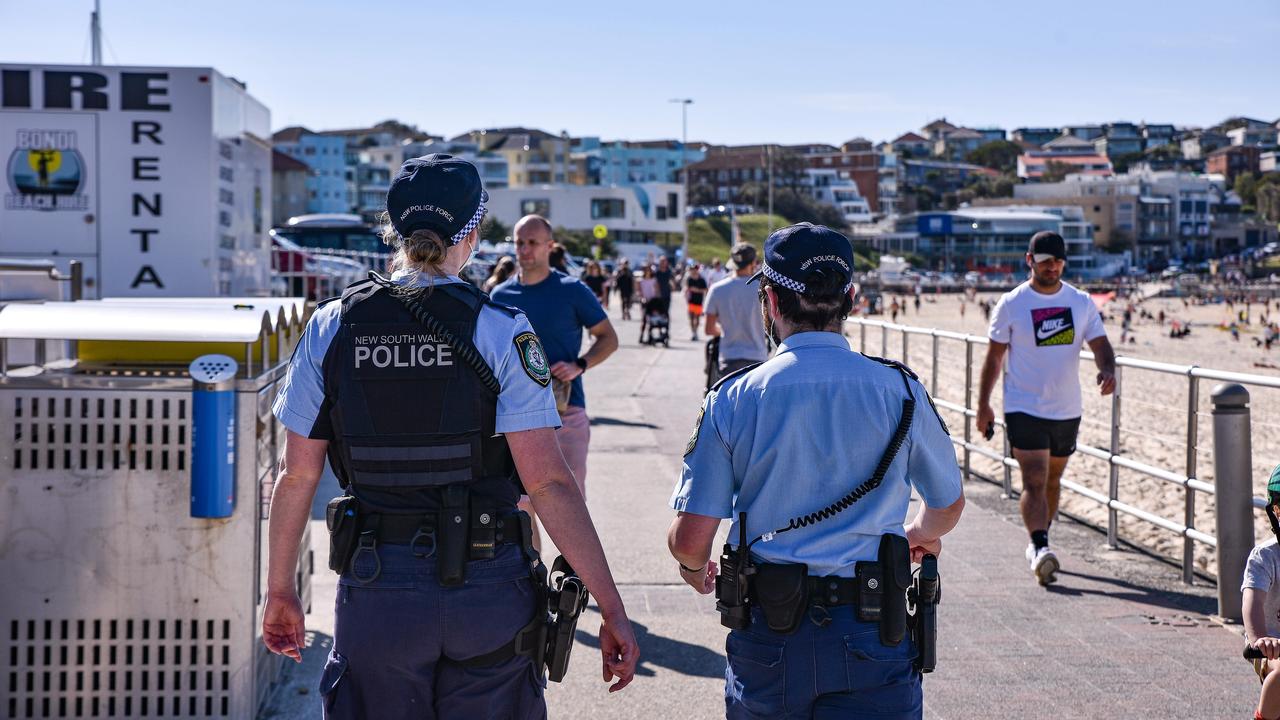All clear at Boggabilla and Toomelah in NSW
ANXIOUS residents of flood-affected northern NSW towns of Boggabilla and Toomelah are preparing to return home and survey the damage.
ANXIOUS residents of flood-affected northern NSW towns of Boggabilla and Toomelah are preparing to return home and survey the damage.
About 650 people from Boggabilla, south of Goondiwindi on the Queensland border, and 200 from the nearby settlement of Toomelah were advised to leave their homes on Tuesday when an expected record flood peak threatened to inundate their towns.
Floodwaters peaked below their expected level and all but a handful of homes were saved.
At the Moree evacuation centre, Toomelah resident Lydia Bartman, who is pregnant, said she was anxious to return home.
"I want to be there when the baby comes," she said.
Emergency services and community support personnel were expecting to use buses to ferry the residents back to their communities, but a number of residents said they preferred to remain in temporary accommodation until conditions in Boggabilla and Toomelah improved.
The floodwaters overwhelmed Boggabilla's sewage treatment plant, and putrid water flowed through 30 per cent of the town.
Community service workers were warning residents yesterday to boil drinking water until further notice and to be wary of snakes.
At his home in Boggabilla, one of the few to be inundated, Bill Rossborough looked devastated.
"I stayed behind to make sure nobody lifted anything. I sandbagged all around the house but it still got in," he said. "Most of the furniture has water through it and there's no way in the world you're going to be able to clean that out."
At Boggabilla caravan park, owner Brian Copeland was mopping out several flooded units.
"It didn't come far in but it's enough to do damage," he said.
Mr Copeland said it wasn't only the flooding, but the whole summer of wet weather that was damaging his business.
"We've been down by 50 per cent since November," he said.
"We've already lost 10 to 15 per cent of our annual income from this water, and it'll be more like 25 to 30 per cent by the end."
Chairman of the Tourism Industry Council NSW, Ken Corbett, said January was the worst time for a flood."January really is our peak time," he said.
"When you have a bad January youre going to have a bad year."
Elsewhere in NSW, an evacuation order was lifted on Saturday for the township of Brushgrove in the northeast and access was restored to nearby Maclean.
About 6000 residents remained isolated in the Iluka and Yamba coastal communities as floodwaters continued to exit the Clarence River.
SES spokesman Dave Webber said the flood crisis in NSW had for the time being largely passed, and the service was changing to a re-supply and monitoring operation.



